Wearing Affect

How does wearing a face mask affect oxygen levels in the body ?
Wearing a face mask is an essential practice during the COVID-19 pandemic to prevent the spread of the virus. However, some people have concerns about whether wearing a mask affects oxygen levels in the body. In this article, we will explore how wearing a face mask affects oxygen levels in the body and provide evidence to support our claims. There are two main ways in which wearing a face mask can affect oxygen levels: decreased airflow and increased carbon dioxide retention. However, studies have shown that wearing a face mask does not significantly reduce oxygen levels in healthy individuals who are not exercising heavily. In healthy individuals, wearing a face mask does not pose any significant risk of low oxygen levels. However, if someone has underlying respiratory conditions such as asthma or COPD, they may experience shortness of breath or other symptoms when wearing a face mask. To ensure adequate oxygen levels while wearing a face mask, one can follow these tips: choose the right type of mask, maintain good hydration, exercise regularly, avoid heavy exercise, and consult with healthcare professionals if necessary.

Can wearing a face mask for a long time cause breathing problems ?
Wearing a face mask for extended periods can cause breathing issues, especially if the mask is not fitted properly or worn incorrectly. There are various types of face masks, each with its own potential impact on breathing, including surgical masks, N95 respirators, and cloth masks. Prolonged use of face masks can lead to increased resistance, humidity, and reduced oxygen intake. To minimize potential breathing issues while wearing a face mask, it's important to ensure proper fit, choose breathable materials, take breaks, stay hydrated, and consult a healthcare professional if necessary. Overall, the benefits of source control and infection prevention should be balanced against any minor discomforts experienced.
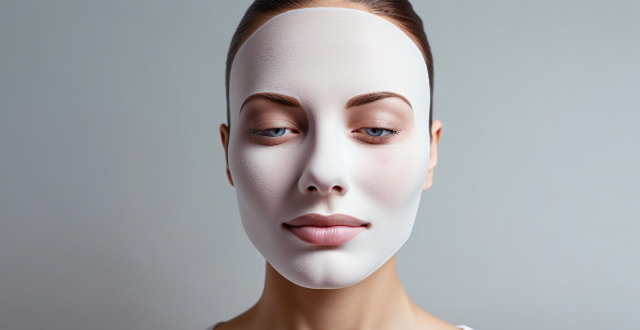
Are there any health risks associated with wearing a face mask for an extended period ?
Wearing a face mask for an extended period can have potential health risks such as skin irritation, difficulty in breathing, reduced oxygen intake, and psychological effects. However, these risks are generally minimal when compared to the benefits of wearing a mask in preventing the spread of infectious diseases. It is important to choose a mask that fits well and is made of breathable materials to minimize any potential health risks.
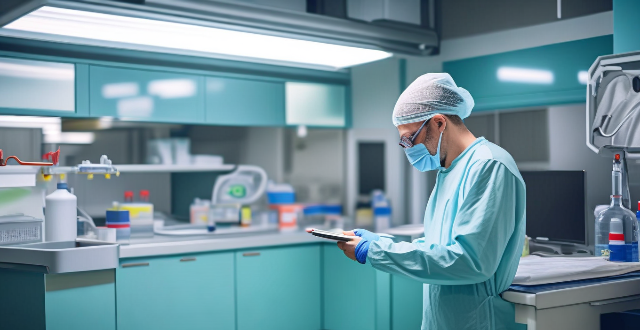
What are the benefits of wearing protective clothing in a laboratory setting ?
In a laboratory setting, wearing protective clothing is crucial for the safety and well-being of individuals working with hazardous materials or conducting experiments that may pose risks. The benefits of wearing protective clothing include protection from chemical spills and splashes, biological hazards, personal comfort and hygiene, and compliance with safety regulations. By prioritizing safety through proper protective clothing, laboratory personnel can work more confidently and efficiently while minimizing potential risks to their health and well-being.

Is there a standard guideline for wearing PPE during COVID-19 pandemic ?
The text provides a summary of the standard guidelines for wearing Personal Protective Equipment (PPE) during the COVID-19 pandemic. The guidelines are designed to protect healthcare workers, first responders, and other essential workers from getting infected with the virus. The levels of PPE required vary depending on the level of risk involved in different situations, ranging from low risk to high risk. The text also provides best practices for wearing PPE, including hand hygiene, putting on and removing PPE in the correct order, and proper disposal of PPE items.

What is the importance of wearing seat belts in vehicles ?
Wearing seat belts in vehicles is crucial for reducing the risk of serious injuries or death in crashes. They protect against head, brain, chest, and abdominal injuries by preventing ejection and distributing impact force. This practice is also legally required and can affect insurance payouts. Drivers should set an example for passengers, especially children, to promote safe driving habits. Buckling up is a simple, effective way to protect oneself and others.

How do climate losses and damages affect biodiversity ?
The article discusses the impact of climate change on biodiversity, focusing on how extreme weather events, temperature changes, sea level rise, and altered precipitation patterns affect habitats and species. It emphasizes the need for global efforts to reduce greenhouse gas emissions and implement conservation strategies to protect vulnerable ecosystems and species.

Can wearing a face mask cause skin irritation or acne ?
Wearing a face mask can cause skin irritation or acne due to friction, pressure, heat, moisture buildup, and bacterial growth. To prevent these issues, choose breathable materials, wash your face regularly with gentle cleansers, use oil-free skincare products, change your mask frequently, and consult a dermatologist if necessary.
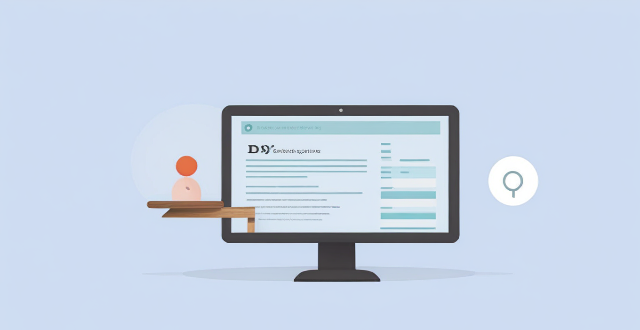
Does an iPhone screen protector affect touch sensitivity ?
The article discusses whether iPhone screen protectors affect touch sensitivity. It mentions that there are two main types of screen protectors: plastic and glass, and several factors can influence how much a screen protector affects touch sensitivity, including thickness, material, and quality. While some users report decreased touch sensitivity when using a screen protector, many others find that it has little to no effect on their device's touch responsiveness. It is recommended to choose a reputable brand and consider factors like thickness and material when selecting a screen protector to ensure the best possible user experience.
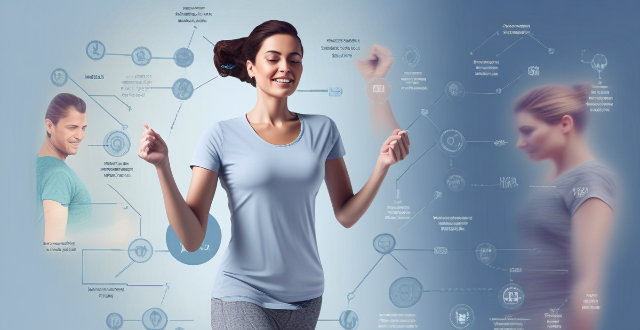
Are there any health risks associated with wearing a fitness tracker ?
The article discusses potential health risks associated with wearing fitness trackers, including radiation exposure, skin irritation and allergies, and distracted driving. It provides tips on how to minimize these risks, such as limiting exposure time, choosing low-power modes, using hypoallergenic materials, adjusting the fit properly, giving skin regular breaks, turning off non-essential features before driving, using Do Not Disturb mode, and putting the phone away while driving.

How can I maintain a professional appearance while staying comfortable throughout the day ?
Maintaining a professional appearance while staying comfortable throughout the day is crucial in the workplace. Here are some tips: 1. Dress appropriately by choosing well-fitted clothes that are appropriate for your job and industry, avoiding overly casual or revealing clothing, and sticking to neutral colors like black, gray, navy, or beige. Pay attention to grooming by keeping your hair neat and tidy, making sure your facial hair is well-groomed if you choose to wear it, and applying deodorant and keeping your breath fresh with mints or gum. 2. Invest in quality footwear by wearing comfortable shoes that are supportive, such as loafers or low heels, avoiding high heels or shoes that pinch your toes, and breaking in new shoes gradually by wearing them around the house before wearing them to work. Take care of your feet by wearing socks or stockings that wick away moisture and prevent blisters, using shoe inserts or insoles for extra cushioning and support, and giving your feet a break by taking off your shoes during lunch breaks or when you're at your desk. 3. Stay hydrated and nourished by drinking plenty of water and bringing a water bottle to work to refill it throughout the day, avoiding sugary drinks and caffeine which can dehydrate you. Snack smartly by packing healthy snacks like fruits, nuts, or granola bars to avoid midday cravings for unhealthy foods, and eating small meals throughout the day instead of three large ones to maintain energy levels. 4. Take breaks and stretch by getting up from your desk every hour or so and taking a short walk or stretch, using your lunch break to go for a walk outside or do some light exercise. Practice good posture by sitting up straight with your feet flat on the floor and your shoulders relaxed, using a chair with good back support and adjusting the height if necessary, and taking breaks from staring at a computer screen by looking away for a few seconds every 20 minutes.

Are there any health benefits to wearing an Apple Watch ?
The Apple Watch offers several health benefits, including heartThe Apple Watch offers several health benefits, including heart recording, fitness tracking, sleep including heart rate monitoring, ECG recording, fitness tracking, sleep analysis, and stress management. However, these features should not replace professional medical advice or treatment.

What are some luxurious lifestyle choices made by celebrities ?
Celebrities are known for their lavish lifestyles and extravagant choices, including owning private islands, driving exotic cars, wearing designer clothing and accessories, and living in mansions and luxury homes. Some famous examples include Richard Branson owning Necker Island, Jay Leno having an extensive collection of over 200 cars, Beyoncé frequently wearing haute couture gowns, and Taylor Swift's mansion featuring a private beach. These luxurious lifestyle choices reflect their wealth, status, and influence.

How does one's personal hygiene affect their social interactions ?
Personal hygiene is crucial for positive social interactions, boosting confidence, and maintaining good health. Good hygiene habits include regular bathing, teeth brushing, wearing clean clothes, hand washing, and taking care of skin and hair. Poor hygiene can lead to social isolation, misunderstandings, and health risks. Following simple tips can ensure that personal hygiene positively impacts social interactions.

How do extreme weather events related to climate change affect national security ?
This analysis explores the connection between extreme weather events and national security, discussing how climate change affects various sectors such as food supply, economy, public health, defense, migration, sovereignty, and cybersecurity. It emphasizes the need for integrated strategies to address these challenges and promote societal resilience against climate change impacts.
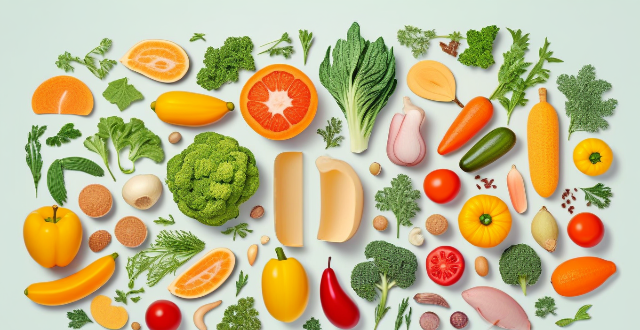
Can diet affect the health and appearance of my skin ?
Diet can significantly affect the health and appearance of your skin. Incorporating nutrient-rich foods such as fruits, vegetables, nuts, fish, and whole grains can improve skin quality. On the other hand, consuming high amounts of sugar or processed foods can lead to inflammation and premature aging. Hydration is also key for maintaining skin's moisture levels. It's essential to consider dietary choices as part of a comprehensive skincare routine.
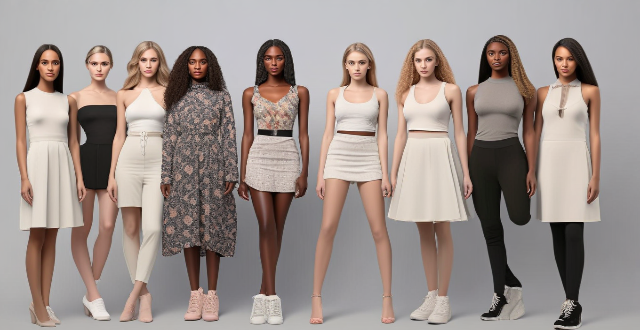
How do major sporting events, like the Olympics, affect fashion trends ?
Major sporting events have a significant impact on fashion trends, including the attire of athletes, national dresses, opening ceremonies, merchandise and souvenirs, and marketing campaigns. Designers take inspiration from these events to create clothing that is both fashionable and practical, leading to the emergence of sportswear as a fashion trend. Major sporting events also showcase traditional garments and cultural heritage, increasing interest in ethnic and traditional clothing among consumers. Additionally, elaborate costumes and performances during opening ceremonies inspire high-end fashion collections. Merchandise and souvenirs generated by major sporting events have a significant impact on streetwear fashion trends, while marketing campaigns promote products inspired by the event's theme or imagery. Overall, major sporting events continue to shape our understanding of what is fashionable and desirable in today's society.

What are some common mistakes people make when monitoring their heart rate during exercise ?
When monitoring heart rate during exercise, common mistakes include incorrect sensor placement, over-reliance on technology, misinterpreting data, not tracking recovery time, and ignoring other factors. It's important to wear the sensor correctly, understand technology limitations, consider individual differences, track recovery time, and take environmental and medication factors into account for accurate readings.
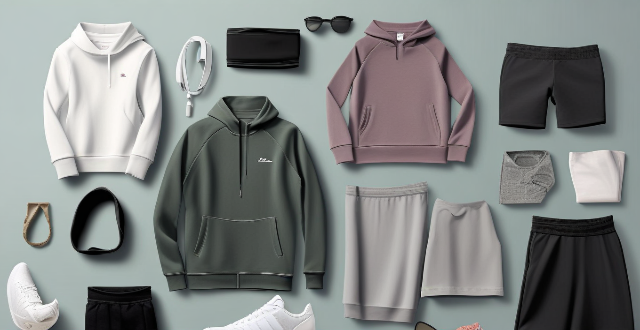
What is the significance of color trends in sportswear fashion ?
Color trends are crucial in sportswear fashion, impactColor trends are crucial in sportswear fashion, impact, performance, perception, market impacting design, branding, performance, perception, market trends, and consumer preferences. They enhance visual appeal, establish brand identity, reflect seasonal variations, influence mood and motivation, provide psychological benefits, foster team unity, follow broader fashion trends, consider consumer preferences, and serve as marketing tools. Sportswear designers and brands must stay informed about current color trends to remain competitive.

How does climate change affect food security ?
Climate change poses a threat to food security by affecting various aspects of the food system, including production, distribution, and consumption. Extreme weather events such as floods, droughts, and heatwaves can have a devastating effect on crop yields, while changes in rainfall patterns and temperature can also affect crop yields. Climate change can also affect the transportation of food products and the nutrient content of food products, leading to higher prices and reduced nutritional value. To mitigate the effects of climate change on food security, sustainable agriculture practices, investment in research and development, and government policies can all play a crucial role in ensuring that people have access to affordable and nutritious food.

How does climate change affect forest ecosystems ?
Climate change affects forest ecosystems in numerous ways, including changes in temperature and precipitation, shifts in tree species distribution, alterations in fire regimes, increased pest and disease outbreaks, and reduced carbon sequestration. These impacts can lead to heat stress for trees, altered seasonal events, changes in tree growth rates, increased wildfire risk, and even tree mortality during extreme droughts. Invasive species may also outcompete native trees, further altering the structure and function of forest ecosystems. Addressing these challenges will require a multifaceted approach that includes reducing greenhouse gas emissions, protecting and restoring forests, and adapting to changing conditions.
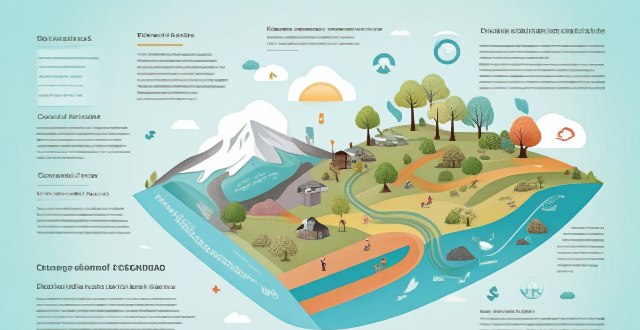
How does climate change affect education ?
Climate change impacts education through extreme weather events, health issues, food insecurity, economic challenges, social changes, and environmental degradation. These effects necessitate collaboration between educators and policymakers to develop resilient strategies for adapting to climate change.
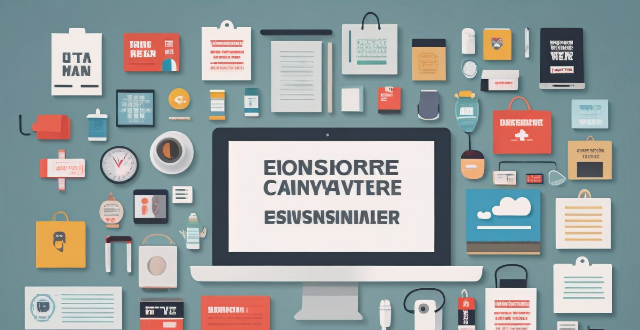
Can celebrity endorsements negatively affect a brand's reputation ?
Celebrity endorsements can negatively affect a brand's reputation due to lack of trustworthiness, misalignment with brand values, controversies and scandals, and overexposure. Brands must carefully consider these factors when selecting celebrities to endorse their products or services to minimize the risks associated with celebrity endorsements and maintain a positive reputation.

What factors affect wireless network coverage ?
**Wireless network coverage is influenced by multiple factors that include physical obstructions, distance from the access point, interference from other devices, environmental conditions, network infrastructure, device capabilities, regulatory limitations, and security settings.**

How do exchange rates affect Cross-Border Payment ?
Exchange rates play a crucial role in cross-border payments, impacting the cost, speed, and feasibility of transactions. They can affect transfer fees, currency fluctuations, processing time, trade opportunities, and investment opportunities. Understanding exchange rates is essential for managing them effectively in international trade or finance.

Are there any negative impacts of listening to music while exercising ?
Listening to music while exercising can have both positive and negative effects. Some potential drawbacks include distraction, reduced awareness of surroundings, hearing damage, discomfort, pacing issues, disruption of natural rhythm, isolation, and lack of feedback. By being mindful of these factors, you can minimize the negative impacts and maximize the enjoyment and effectiveness of your workouts.

How does climate awareness affect our daily lives ?
Climate awareness can significantly impact our daily lives, including transportation, food choices, and energy use. By walking or biking instead of driving, eating locally grown food, reducing meat consumption, choosing organic products, using energy-efficient appliances, turning off lights when not in use, and using renewable energy sources like solar panels, we can reduce our carbon footprint and contribute to a cleaner environment for future generations. These actions also have various benefits such as improved physical health, lower cost than owning a car, support for local farmers, fresher produce with fewer preservatives, healthier diet with reduced risk of chronic diseases, avoidance of harmful pesticides and chemicals in food production, support for sustainable farming practices, healthier soil and water quality for future generations, lowered energy costs over time, reduced strain on power grids during peak usage periods, longer lifespan for appliances due to less wear and tear from constant use, lowered reliance on fossil fuels for electricity generation, potential for financial savings through government incentives and tax credits for renewable energy installations.